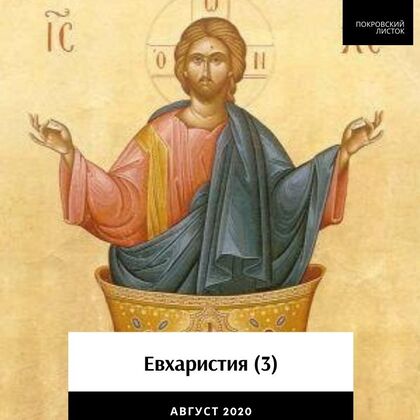|
Thank you to Courtnery Haubert for this wonderful resource. Our holy fathers and mothers left many writings that are a salve for the despairing soul. Please use this as a springboard to look deeper into patristic literature if you are so inclined! Do not grieve, for the joy of the Lord is your strength. Isaiah 41:10 The Eucharist (2)
|
Location |
|

